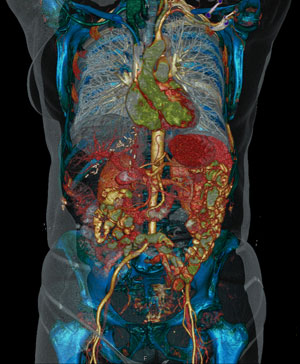IP Osgoode, Jurisdynamics and BioLaw are covering our group's recent work on patent valuation as it relates to the complex innovation ecology for pharmaceuticals we have termed the regulated Therapeutic Product Lifecycle (rTPL).
Parts 1, 2, and 3 of the series highlight our recent empirical work on new and follow-on drug approvals, products, patents, patents listed on the patent register, as well as our new innovation index for qualitative patent valuation.
The series comes out ahead of a forthcoming book summarizing our group's research over the last four years, entitled Patently Innovative. The book is due out in late 2011 or early 2012.
The first piece in the series introduces the issue of patent valuation in the context of the regulated Therapeutic Product Lifecycle (rTPL) innovation ecology discussed in previous work on complex legal systems. The second introduces two methods we recently published in law reviews out of Boston and Santa Clara. The first describes a harmonized quantitative analysis of drug approvals, products, and patents and the second a novel qualitative innovation index for approval and patent valuation. In the third article of the series, the innovation index model is partnered with a cluster-based model of global drug development enabled by emerging and historical patent and innovation law and policy.
Innovation Incentives Part 1: Regulated Therapeutic Product Lifecycle
- http://jurisdynamics.blogspot.com/2011/11/innovation-incentives-part-1-regulated.html
- http://biolaw.blogspot.com/2011/12/innovation-incentives-part-1-regulated.html
Innovation Incentives Part 2: Patent Valuation
- http://www.iposgoode.ca/2011/11/anovelinnovationindexforlifesciencesinventions/
- http://jurisdynamics.blogspot.com/2011/12/innovation-incentives-part-2-patent.html
- http://biolaw.blogspot.com/2011/12/innovation-incentives-part--part-2-patent-valuation
Innovation Incentives Part 3: Combining Patent Valuation with Product Cluster Models
- http://www.iposgoode.ca/2011/12/patent-valuation-part-2-combining-the-innovation-index-and-product-patent-clusters/#more-14807
- http://jurisdynamics.blogspot.com/2011/12/innovation-incentives-part-3-combining.html
- http://biolaw.blogspot.com/2011/12/innovation-incentives-part-3-patent-valuation-and-clusters.html
I look forward to comments on the work. Cheers. R.





















